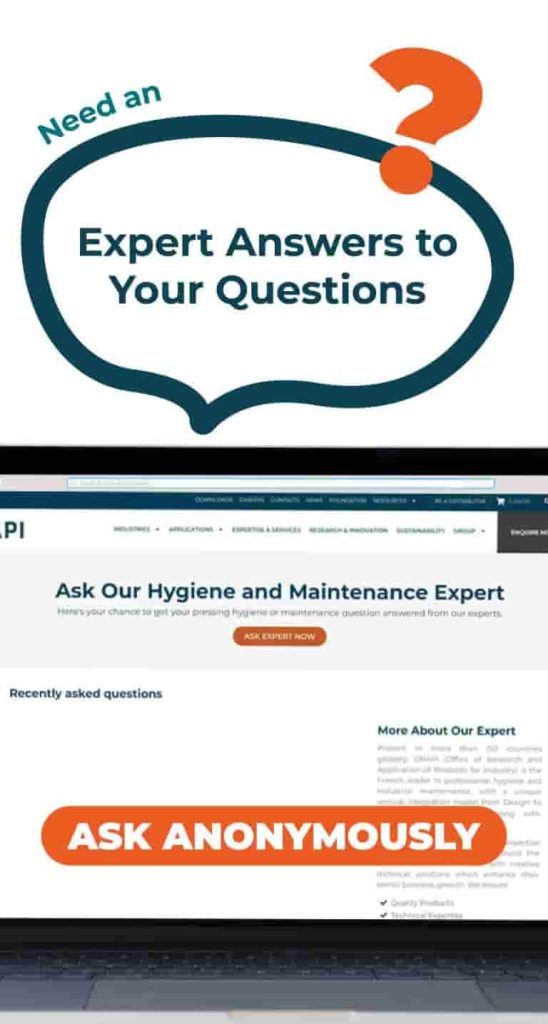
Foam or Liquid Detergents: Pros and Cons
The ongoing debate between food processing units on foam or liquid detergents as the best cleaning solution has been a hot topic for a while. While some advocate for traditional liquid cleaners, others prefer the foaming alternative. But the wait is over! Today, we will finally put an end to this controversy by examining the strengths and weaknesses of each option. So, whether you are a fan of the old-but-gold liquid cleaners or are intrigued by the foaming alternative, this












